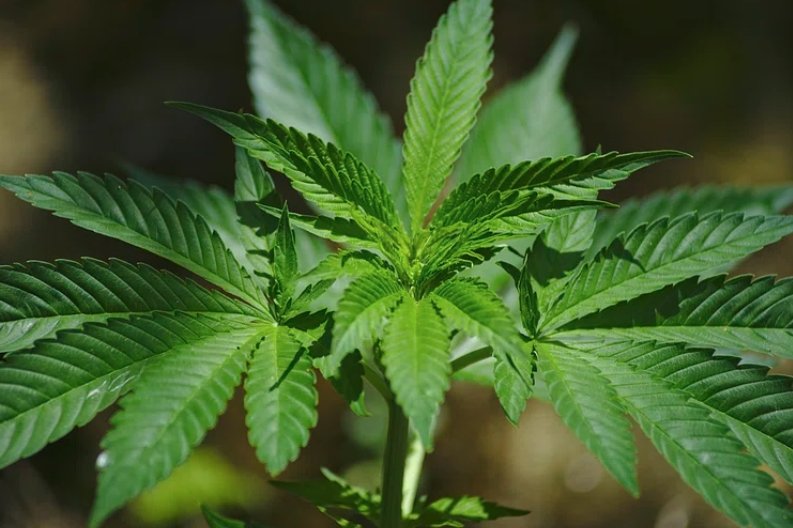Canada was the first major country to legalize recreational cannabis in 2018, but five years later, the industry is facing a crisis of oversupply and overregulation. According to data from Health Canada, the federal body that oversees the cannabis market, more than 3.7 million pounds of unsold and unpackaged cannabis have been destroyed by licensed producers since legalization. This amount of waste highlights the difficulties of balancing public health and economic interests in a nascent and highly regulated industry.
Why is so much cannabis being destroyed?
One of the main reasons for the massive destruction of cannabis is the mismatch between supply and demand. Despite the initial enthusiasm and potential for growth, Canadian cannabis producers have struggled to sell their products in a market that is saturated with competitors and challenged by the illicit sector. The illicit market, which still accounts for about 40% of cannabis sales in Canada, offers lower prices and fewer restrictions than the legal one.
Another reason is the strict regulatory framework that governs the cannabis industry in Canada. Health Canada imposes rigorous standards on packaging, marketing, distribution, and quality of cannabis products. These regulations are intended to protect public health and safety, but they also create barriers and costs for producers and consumers. For example, all cannabis products must be sold in plain, child-resistant packaging with standardized labels and health warnings. Advertising and promotion of cannabis products are also prohibited, except in limited circumstances.

These regulations make it hard for producers to differentiate their products and brands from others, and to reach and educate consumers about their offerings. They also limit the innovation and diversity of products that can be offered in the legal market, such as edibles, extracts, and topicals, which were only legalized in 2020. As a result, many consumers are either unaware of or uninterested in the legal products, and opt for the illicit ones instead.
What are the consequences of cannabis destruction?
The destruction of such a large quantity of cannabis has significant economic and environmental impacts. Economically, it represents a huge loss of revenue and investment for the cannabis industry, which has already seen thousands of layoffs and closures in recent years. According to Statistics Canada, the cannabis sector contributed about C$8.6 billion ($6.7 billion) to the country’s gross domestic product in 2020, but it also incurred net losses of C$675 million ($527 million) in the same year.
Environmentally, the cultivation and disposal of cannabis have a considerable ecological footprint. Cannabis production requires a lot of water, energy, land, and fertilizers, which can affect the quality and availability of natural resources. Cannabis disposal, on the other hand, involves methods such as incineration, composting, or mixing with kitty litter, which can generate greenhouse gas emissions, waste, and pollution. These issues underscore the need for more sustainable practices and efficient management in the cannabis industry.
What are the possible solutions?
As Canada continues to adjust to the realities of its legal cannabis market, there is a need for ongoing reforms and improvements to ensure a viable and profitable industry. Some of the possible solutions include:
- Revising the regulatory framework to allow more flexibility and market responsiveness for producers and consumers. This could involve relaxing the rules on packaging, marketing, and distribution of cannabis products, as well as streamlining the licensing and approval processes for new products and facilities.
- Improving the distribution and retail channels to better match supply with demand and reduce inventory and storage costs. This could involve expanding the number and variety of retail outlets, such as online platforms, delivery services, and farm-gate sales, as well as enhancing the supply chain coordination and transparency among producers, distributors, and retailers.
- Increasing the competitiveness and attractiveness of the legal market over the illicit one. This could involve lowering the taxes and fees on cannabis products, which account for about 25% of the retail price, as well as increasing the enforcement and penalties for illicit activities. It could also involve educating and informing consumers about the benefits and risks of legal and illicit products, as well as the social and environmental impacts of their choices.
Canada’s cannabis industry is facing a challenging situation as millions of pounds of pot go to waste every year. This situation reflects the difficulties of creating and regulating a new and complex market in a short period of time. However, it also presents an opportunity for learning and improvement, as the industry and the government work together to find solutions that balance public health and economic interests, as well as environmental sustainability.



